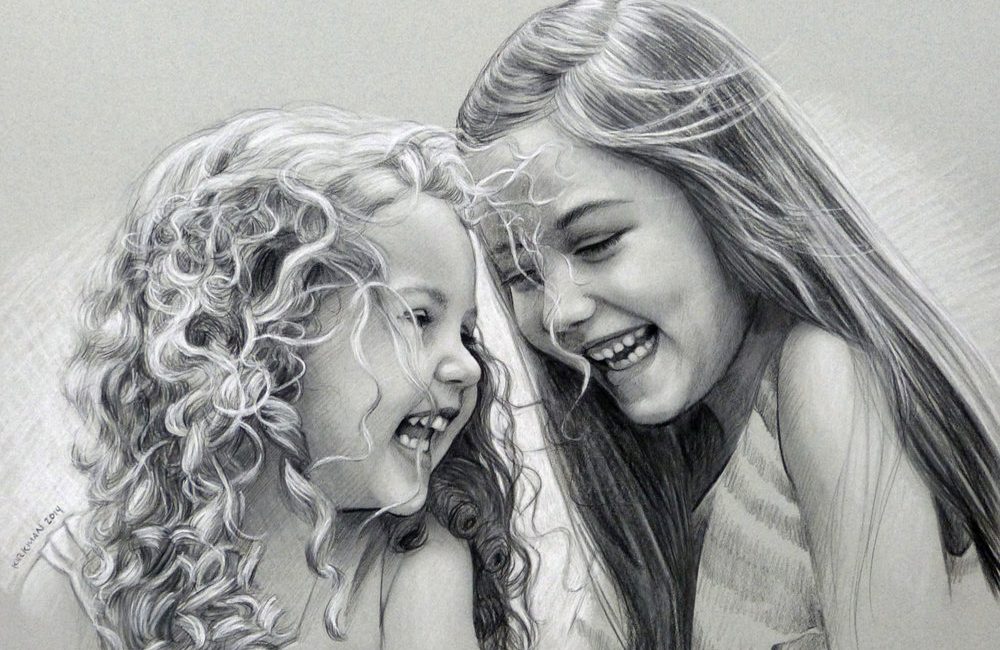
Drawing clothes can be quite challenging. The challenge usually focuses on drawing the folds. There is a lot of reflected light, a lot of darkness and a lot of light. But it is precisely this variety of values that makes drawing clothes very appealing, but also challenging. Learning to draw fabric properly takes a concerted effort and lots of practice.
Here are a few memorization tips:
* Fold
When drawing clothes, we need to recognize five types of folds:
Fold the column
2. The cloth fold
3. The inert fold. 4. The winding fold
5. The interlocking crease
Of course, in a typical situation, more than one of these fold types will be present. Here are the definitions:
* Column fold
This type of fold is the most common and is characterized by its cylindrical shape, suspended or originating from a point. The value pattern is that of a cylinder containing a hard edge, followed by a parallel line of reflected light, a shadow edge, and a soft edge. Depending on the position of the light source, the pillar fold also shows highlights Portrait zeichnen lassen here and there. Such folds are often found in scarves, curtains and skirts.
* Drape pleat
This crease is created when a piece of fabric is hung from two opposite points. The fabric between the two points is long enough to allow it to hang freely, forming a somewhat semi-circular shape. The image is that of a series of alternating narrow dark and light semicircular bands beginning and ending at the two points. This type of folding is often found on blouses.
* Inert fold
This type of fold occurs in a piece of fabric that is not hung but lies on a surface without being stretched. The folds can go in many different directions. However, each fold relates to its neighbors in a specific way. You should study these patterns and render them consistently, even though it may seem like a mess at first. You can observe this type of folds when a woman’s dress partially rests on the surface she is sitting on.
* Coil fold
A piece of fabric wrapped around a round stick will inevitably exhibit this type of crease. It has a spiral appearance and can be found in sleeves and pant legs when the sleeve or pant leg is slightly twisted around the arm or leg.
* Interlocking pleat
Fabric that is stacked on a couch or wrapped around a person’s neck often has folds within folds or on top of each other. With this type of fold, it’s imperative that you track how each fold blends into the other and apply the appropriate drop shadows.
As mentioned above, you will find combinations of these different types of folds in a typical pencil portrait with fabrics. It is important that you recognize each type immediately and have practiced drawing.
You should identify the areas where the fabric is under tension and where it isn’t, and see where the dark and the lights are. Also, there are always hard and soft edges that need to be rendered faithfully to make your drawing look realistic.
Finally, there’s something called the Lost and Found border. A lost and found edge is an edge that is easy to see at first, but then fades and becomes invisible, only to reappear a little further down the line. Although the edge consists of two Bild zeichnen lassen disconnected lines, the eye recognizes through the brain that the two disconnected pieces of line belong together and form an edge.
As you can see, drawing clothes isn’t quite that simple. Sometimes dresses are dismissed and often underestimated in their difficulty in drawing. But knowing that it’s not that easy, don’t feel bad if your dress drawings don’t look very realistic at first. Sorry, but learning the art of dress drawing takes a lot of practice and careful observation.


